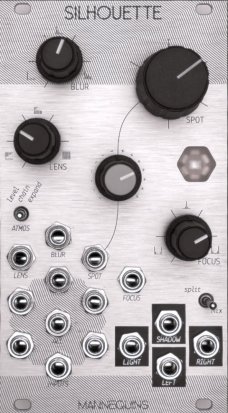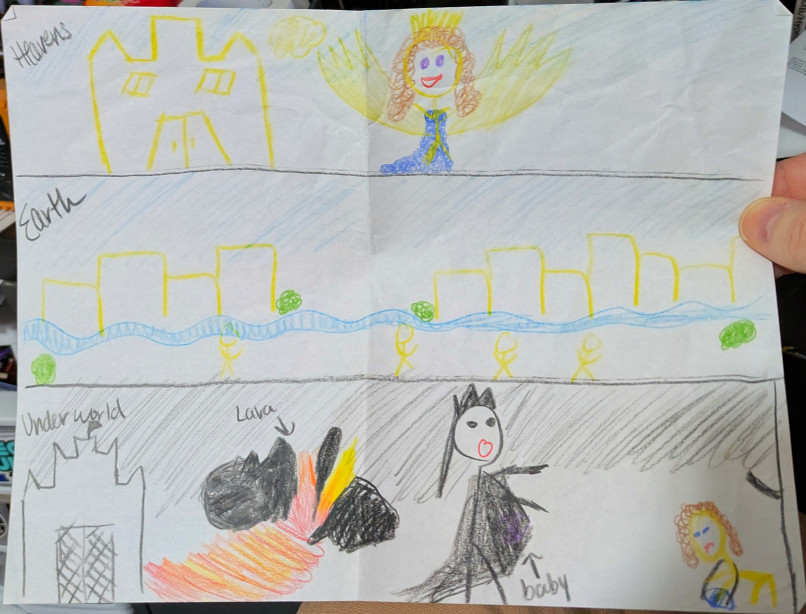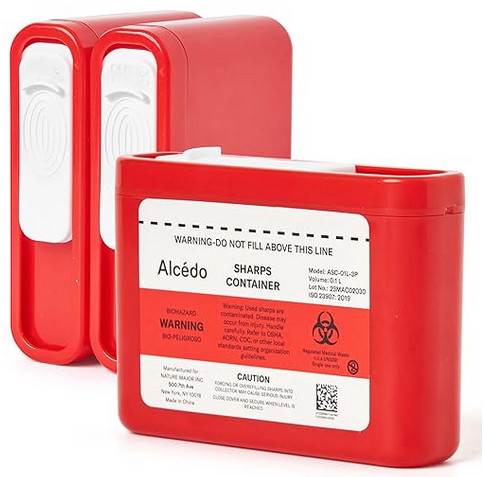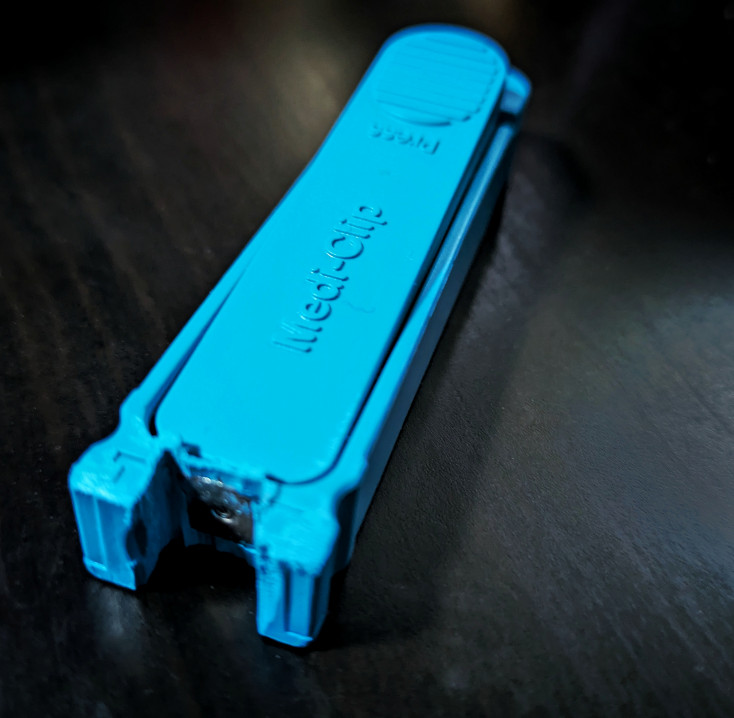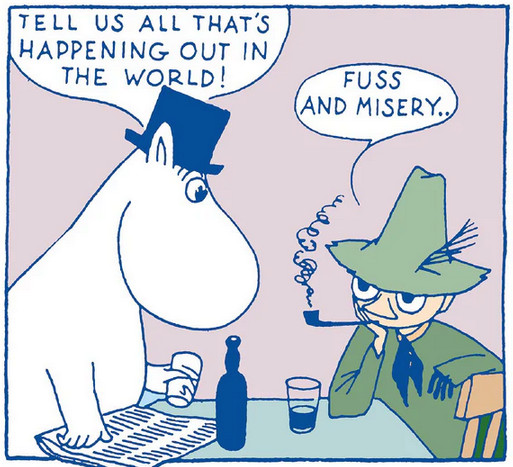My joy and pride continue. The ghouls running the federal government have been doing vile, underhanded things, and my heart absolutely does go out to people who are harmed and threatened by their cowardly and regressive actions. But we don’t owe anyone misery. Joy, staying true to oneself, and being kind are all small victories over fascism.
When I read about some trans peoples’ experiences I realize how much privilege I have. But we don’t own anyone guilt, either. I would gladly give up privileged status if it meant justice and fairness. If the best I can do is donating to causes that try to help, then that’s what I’ll continue to do. (Today’s donations: ACLU and Private Citizen.)
I’m writing this on Wednesday, offline. Aside from any economic effects a day’s absence from the Internet may have (through ad revenue, Amazon AWS usage etc.) for the purposes of the day’s protest, it’s immediately instructive to me about my habits.
Bathroom breaks, or idle time while working, without catching up on forums or Reddit or Discord or playing a puzzle game? Not logging into an online game after work? What is this, the 90s? Poking at some of the links in my bookmarks bar when I start the compiler is almost a reflex!
I’m allowing myself: Remote Desktop and Teams, to work from home. Work email, and personal email if I receive any. Texts and phone. Bitwig and plugins, since any checks for license and updates are minimal. The Alibris ebook app, since the book I started last night is already downloaded anyway.
Doing this feels oddly quiet. Not literally silent, as I’m listening to music as I write this and work. But as in “the world is quiet here,” to quote the Series of Unfortunate Events books. Like I’m at a cabin in the woods, listening to the wind and the birds and the crackling of logs in a fire.
That book I mentioned is The Trans & Non-Binary Heroes’ Journey. Right out of the gate it talked about how The Matrix was a trans allegory — a statement I’ve seen before but didn’t really understand at the time. The Wachowskis were closeted then, and the studio forbade certain things (like Switch having a male body outside the Matrix and female inside it). It was also before I knew much about the trans experience. I haven’t rewatched the movie in recent years to catch up.
The book lays it out pretty well. Agent Smith gives Neo the speech about “leading a double life” and “one of these lives has a future, the other does not” — and he’s right but not about which life ends. Neo isn’t trans, but he does go through a transition that involves drugs and surgery, shedding his old name, dressing differently, becoming more himself and finding freedom.
At least according to the book, the red pill symbol was chosen by the Wachowskis not just for the Alice in Wonderland allegory, but because it looks like spiro, the most-presecribed hormone blocker. This makes it doubly funny that incels and MRAs and QAnon cultists talk about “taking the red pill.” It’s just one self-own after another with those putzes, isn’t it?
(Another thing to add to the list: how many times I end up searching for some bit of info. Photos of spiro. Synonyms for “loser.”)
About halfway through the book, there’s a bit about the sheet joy of the “Alone Together” episode of Steven Universe. Steven and Connie accidentally fuse (through alien superpowers) into the nonbinary Stevonnie temporarily, and Garnet (who is herself a fusion) gives them a pep talk and commands them to “go have fun!”
I have seen some enbies complain that proper representation should be human, not aliens, robots, faerie etc. But in practice, Steven is much more human than alien. He’s living in a human society, albeit with three alien “moms” along with his beach hippie dad. His inherited superpowers do not come naturally to him at first. He is, most of the time, a little boy allowed to be himself, unconcerned with gender norms or performative masculinity. And Stevonnie is arguably even more human than he is.
Plus: there’s Lars. We know he is attracted to women, but his palette of pinks and purples and his hairstyle always read to me as queer-coded. He is discontent with his life in Beach City, but embraces his role as a space pirate among his found family of misfit aliens, striking poses in a fabulous cape. Hmm. There’s also an episode where Steven’s consciousness ends up stuck in Lars’ body and there’s a definite sense of dysphoria there. There’s also an episode where Pearl courts a human lesbian side character (“Mystery Girl” or “S.”), and late in the series we’re introduced to a human kid named Shep who uses they/them pronouns (although we never see Shep again).
The other complaint is about the Gems being nonbinary but not obvious about it — “the Gems are nonbinary like Dumbledore is gay” as someone put it. And, well… kinda? They do almost all use she/her pronouns aside from a few he/him later on. Many of them appear feminine… although some are definitely more masculine or androgynous in appearance.
But let me remind people (A) “nonbinary people don’t owe you androgyny” and (B) this was a children’s TV show that began in 2015 when most LGBTQIA+ people hadn’t even heard the word “nonbinary” yet. There was corporate oversight. Rebecca Sugar wasn’t out as nonbinary, and might not have had it all figured out at the time the show began. There were a ton of not exactly subtle queer themes in the show — enough to get it banned, or at least certain plotlines banned, from several countries. So maybe cut the show a little slack?
…and now, just before the end of my work shift, I’ve finished the book. I did skim a little bit where it was talking about TV shows I wasn’t interested in, especially when it was getting heavy with people dealing with transphobia.)
I also wrote all of this up to here, and had a quite productive day while doing it, so yes, one can multitask!
So I cracked open my non-boxed set of Moomin books, and found they’re not numbered, not arranged in order in the package, and not in order on the little card that came with them. I had to look at the copyright dates to determine the correct order:
- The Moomins and the Great Flood (not included in this set! sigh)
- Comet in Moominland
- Finn Family Moomintroll
- The Exploits of Moominpapa
- Moominsummer Madness
- Moominland Midwinter
- Tales from Moominvalley
- Moominpapa At Sea
- Moominvalley In November
While these are “for kids”, small books with big print and illustrations and cute fantasy creatures, they’re also clever and involve some adult concerns and have some emotional depth and subtlety one might not expect. And that’s why I wanted to read them again now.
I recorded a track today. A couple of drones, a part played on the Linnstrument where I’m making Aalto act more like an Oberheim or something than my usual West Coast stuff.
This album is definitely going to be about how I am relating to current events. Sonically, the two finished songs have certain filter shenanigans in common and I think I may continue to run with that for the rest of the project. Fala Versio and QPAS, but also playing with moving resonances and phase shifts in software filters.
I’ll get back to the Spectraphon study or not, depending on how I feel about it. That’s not what I need to do right now.
